A Spot of Butterfly Egg Hunting
The season kicked into full gear a few weeks ago and we have been out and about exploring all the different reserves and braving the rain; our waterproofs have definitely got their money’s worth!
We recently took to a trip to one of our reserves at the Tummel Shingle Islands – Tomdachoille Meadow, to meet with Anthony McCluskey (and his beautiful collie who we all adored) from Butterfly Conservation. We were surveying for northern brown argus butterfly eggs on the upperside of the common rock-rose leaves, they were so tiny we had to squint to see them! Once we knew what we were looking for we found 50 eggs and netted a few adult northern brown argus for closer inspection!
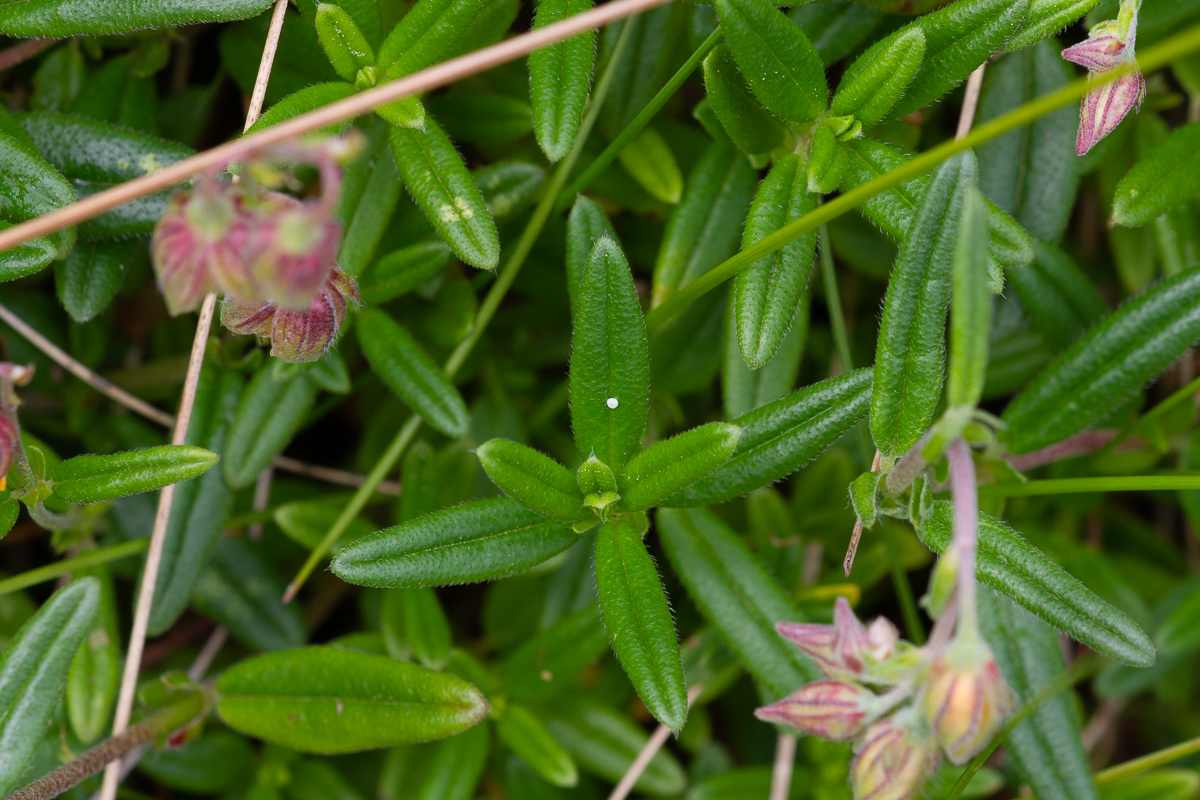
We were surveying for their eggs to get an indication as to the population numbers and health in the meadow. It was an area of the reserve that has been surveyed in the past for ‘NBA’ eggs, but not for a number of years, so it was a wonderful surprise to see Anthony so excited about the site!
The wildflower meadow at Tomdachoille gets cut back once a year in the autumn after the seed has set. The cut plant matter is then raked and removed from the meadow by a team of dedicated volunteers in the autumn. This helps keep the nutrient level low which in turns prevents grasses becoming dominant, which can otherwise smother delicate, rare plants and wildflowers. In the meadow there are also a huge variety of wildflowers such as common spotted orchids, yellow rattle, field scabious, bird’s-foot-trefoil, eyebright and cowslip.
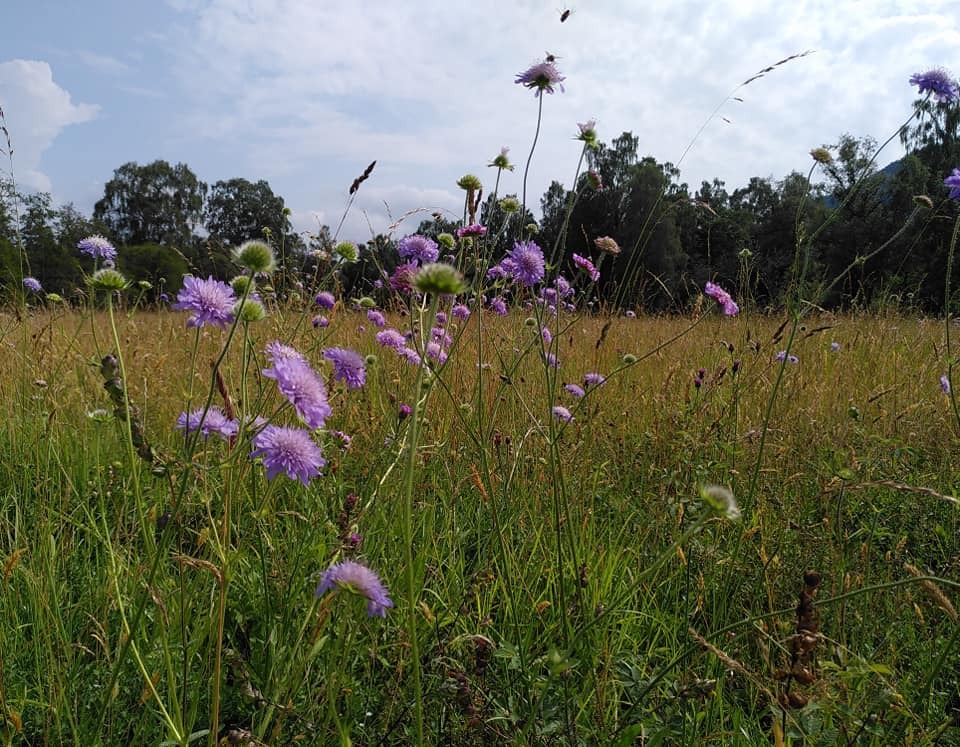
The northern brown argus butterfly can be commonly mistaken for the common blue butterfly, but there are some defining characteristics with their markings if you look closely!
The northern brown argus has little to no trace of blue along their thorax, is a lovely brown colour, and can present with a clear white spot in the middle of the forewing. While the common blue can vary in colour, from a bright blue to a duller blue with more chocolate brown, hence they can easily be confused!
The female northern brown argus have six clear orange spots along the forewing and the males can be seen with four orange spots along the forewing. The common blue can only be seen with three orange dots along the forewing unlike the four to six dots of the northern brown argus.
When the wings are closed there is a clear figure of eight pattern with the spots unlike the common blue butterfly which does not have this pattern. The northern brown argus also lacks the black spots on the inner half of the forewing.
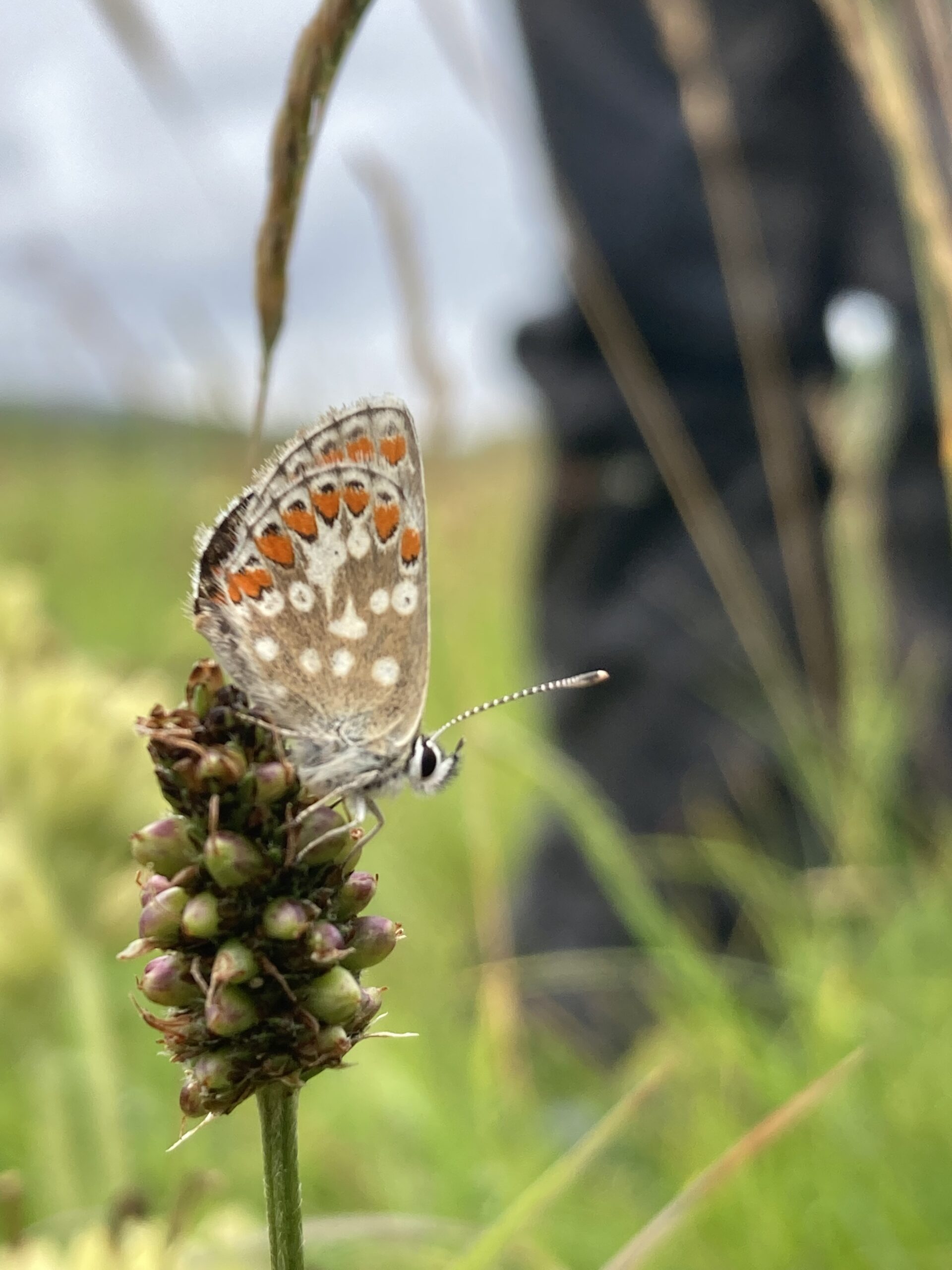
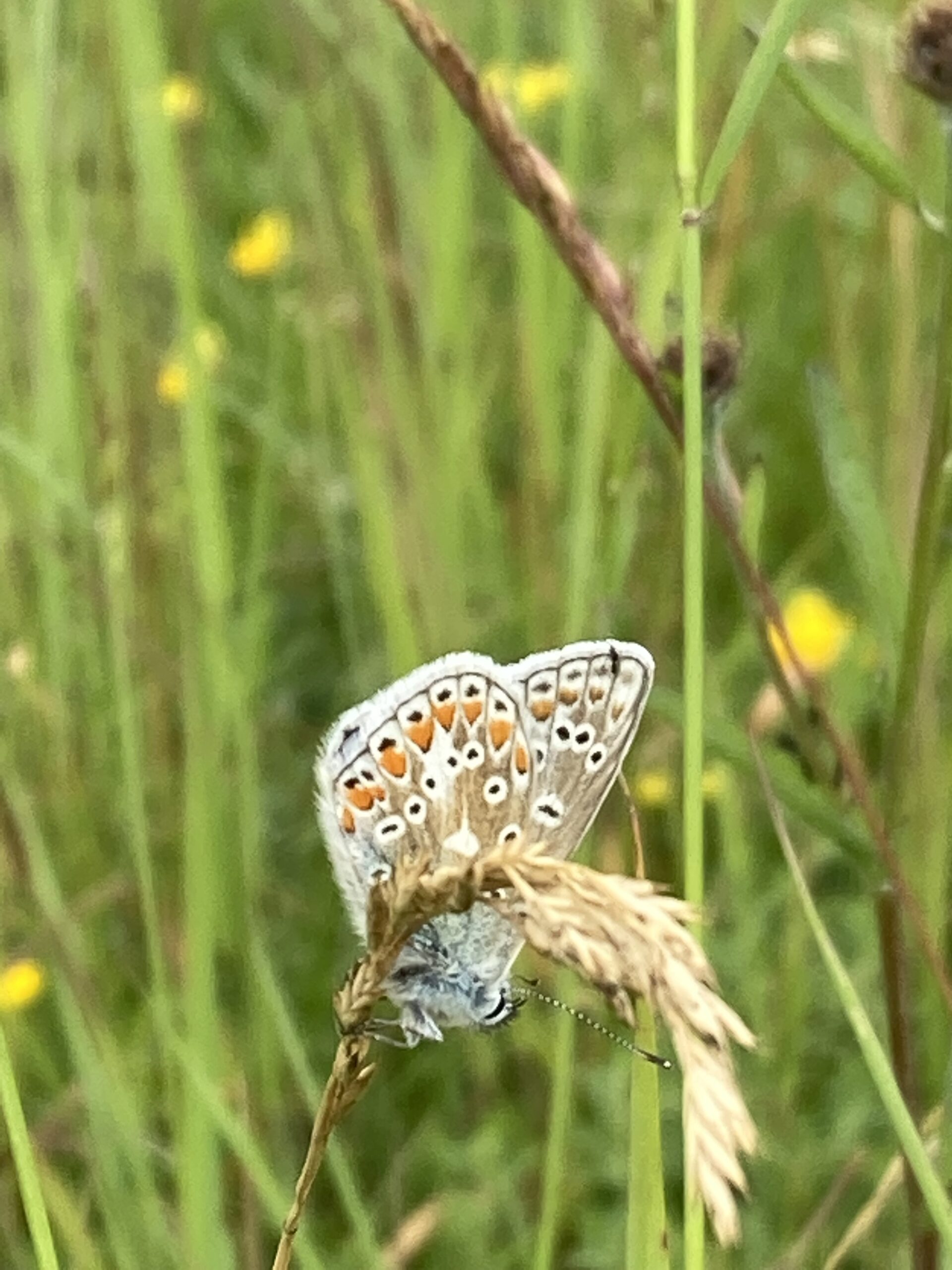
The habitat of the northern brown argus can vary from open wildflower meadows, chalk and limescale grassland to sand dunes and coastal valleys. Although they prefer sheltered habitats, residing in shrubland or patches of lightly grazed grassland.
Along with identifying northern brown argus and spending a lot of time peering at common rock- rose leaves with our hand lenses, we also discovered an array of other butterflies such as ringlets, meadow browns, common blue, small heath and dark green fritillary, which all seemed to be enjoying the blooming wildflower meadow!
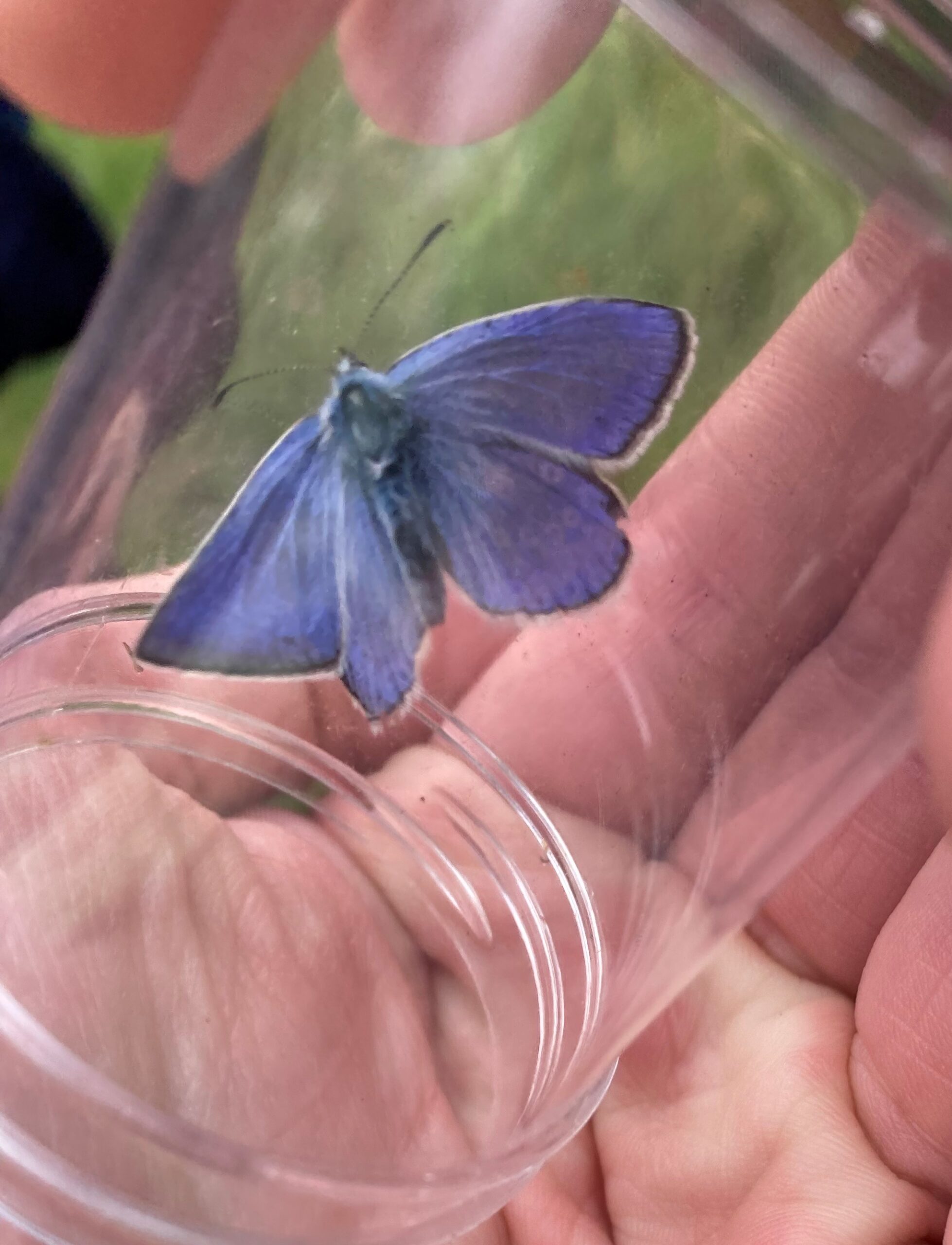
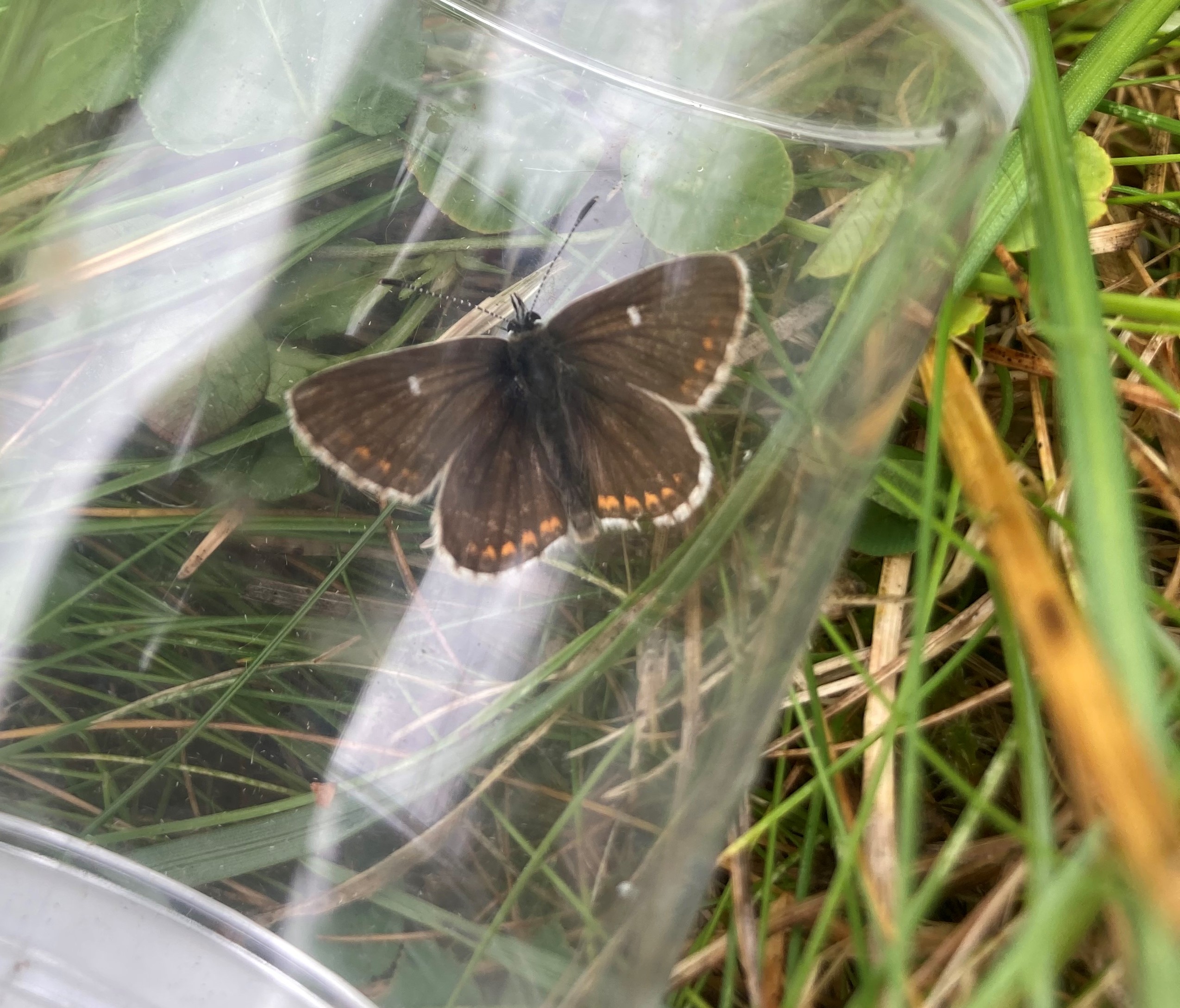
The northern brown argus butterfly was originally thought to be a subspecies of the brown argus butterfly. However, although these two species are closely related, there are some key differences between them; The NBA produces only a single brood of eggs each year, compared to the brown argus which produces two. Furthermore, NBA has only one adult flight period (usually from the beginning of June until the middle of August). The northern brown argus is also only found in Scotland and northern England, whereas the brown argus is found in southern England.
Female northern brown argus butterflies lay their eggs on the upper surface of common rock-rose leaves, the preferred food source for their larvae. Roughly two weeks later, the caterpillars hatch. The larvae feed on the underside of the leaves but avoid consuming the upper surface. They begin to hibernate around the end of September before resuming feeding in spring the following year, and pupate at the end of May, with the adults beginning to emerge at the start of June. At this point, mating will occur, and the cycle starts all over again. While the larvae have a very specific diet, the adults feed on the nectar of a greater variety of plants, including wild thyme, red clover, and common bird’s-foot-trefoil.
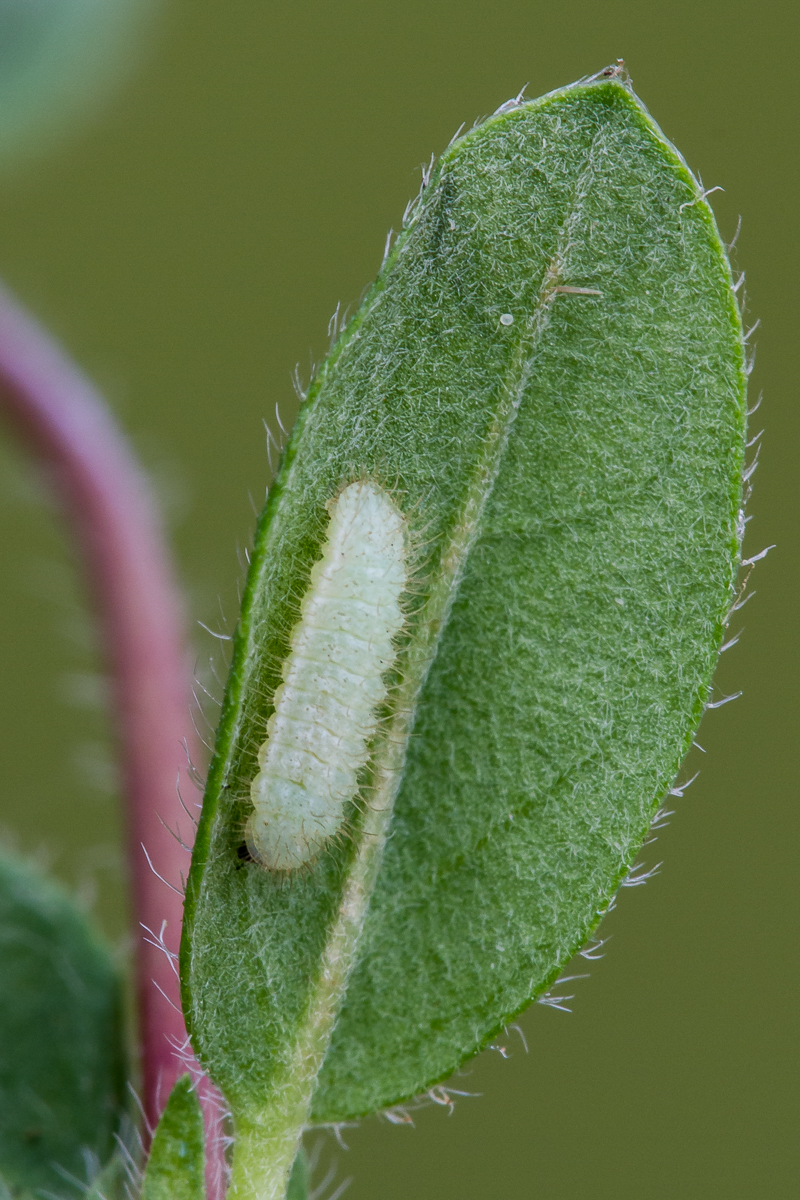
The northern brown argus butterfly population has been really struggling in the UK, with Butterfly Conservation listing it as one of the most threatened species of butterfly in Scotland. The population size declined by almost 60% between 1979 and 2019, and between 2010 and 2019, their distribution declined by 39%. This is thought to be because of a loss of suitable habitat, with species-rich grasslands (a vital habitat for NBA) declining by a staggering 97% over the last 100 years. The remaining sites are highly fragmented and isolated, which increases the risk of a local population going extinct.
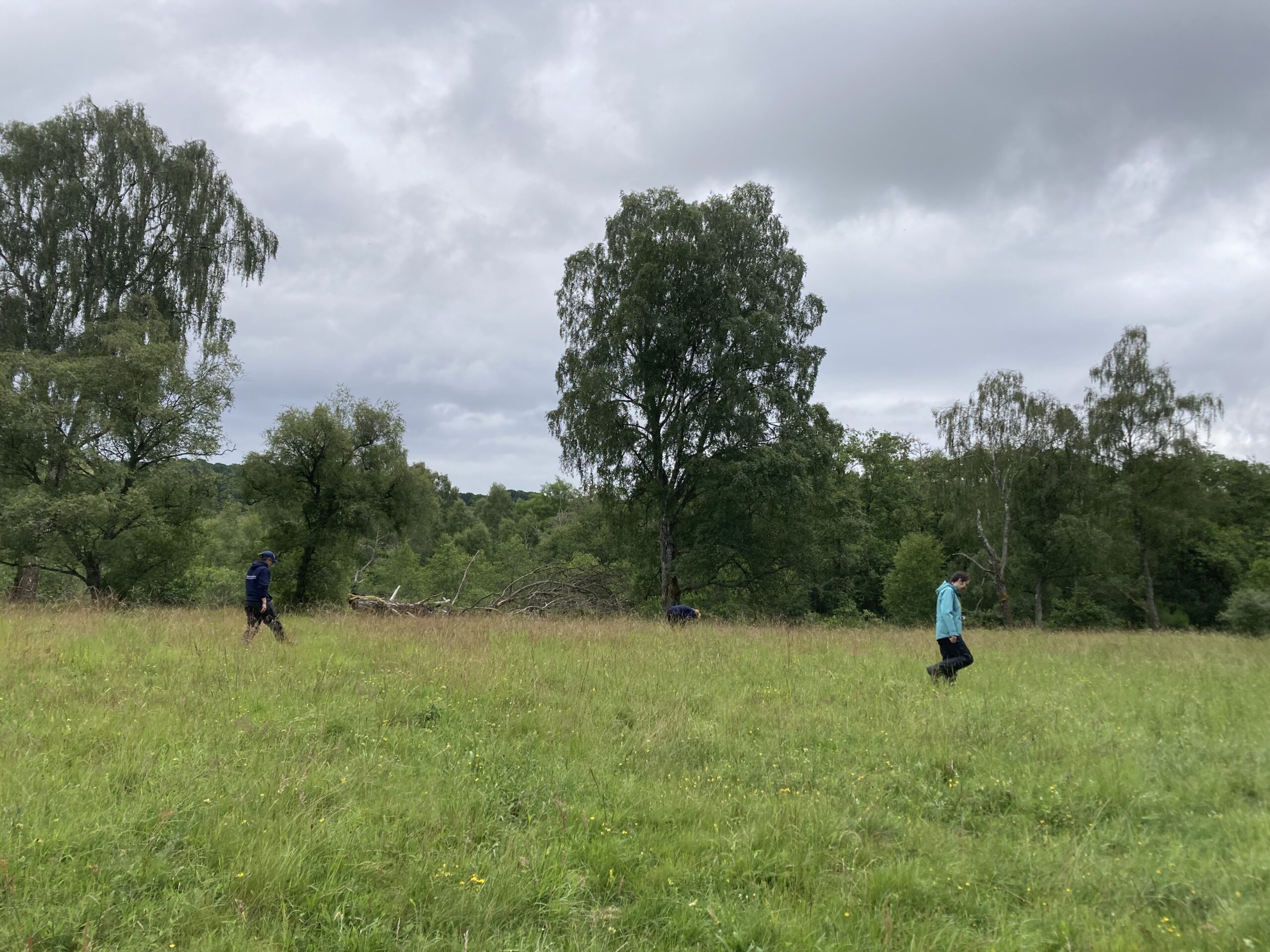
Habitat management for the northern brown argus butterfly is complex but vital for the conservation of this vulnerable species. It relies on a careful balancing act to ensure that the meadow is not dominated by grasses, and instead enables the growth of a diverse range of wildflowers which the northern brown argus needs in order to thrive.
Thank you for reading. See you next week for Ranger Roundup!
Assistant Ranger Team
Help protect Scotland’s wildlife
Our work to save Scotland’s wildlife is made possible thanks to the generosity of our members and supporters.
Join today from just £3 a month to help protect the species you love.
Preface
The season kicked into full gear a few weeks ago and we have been out and about exploring all the different reserves and braving the rain; our waterproofs have definitely …
